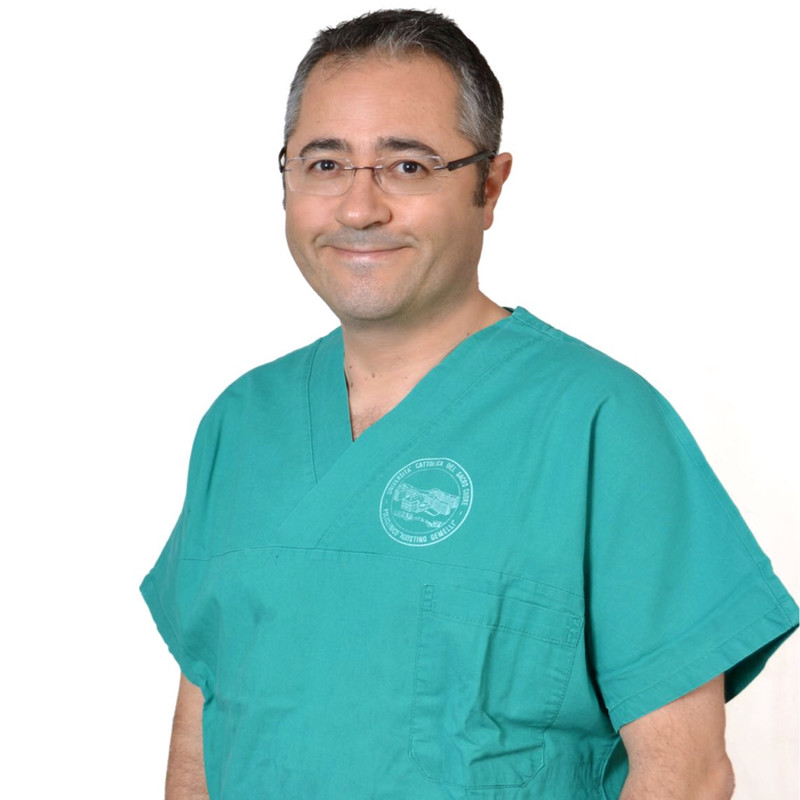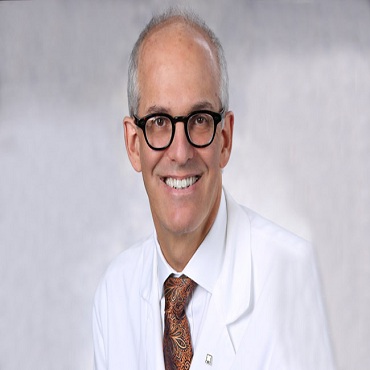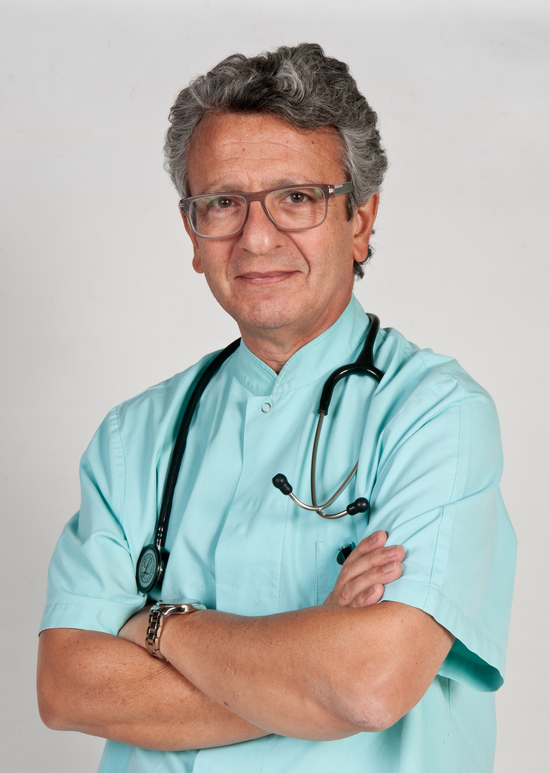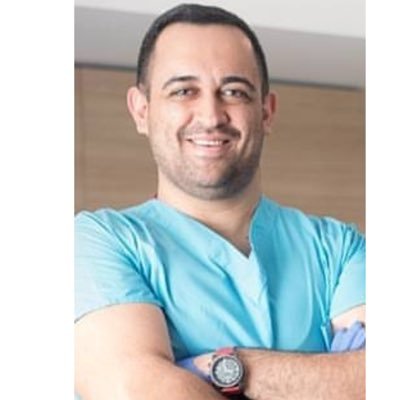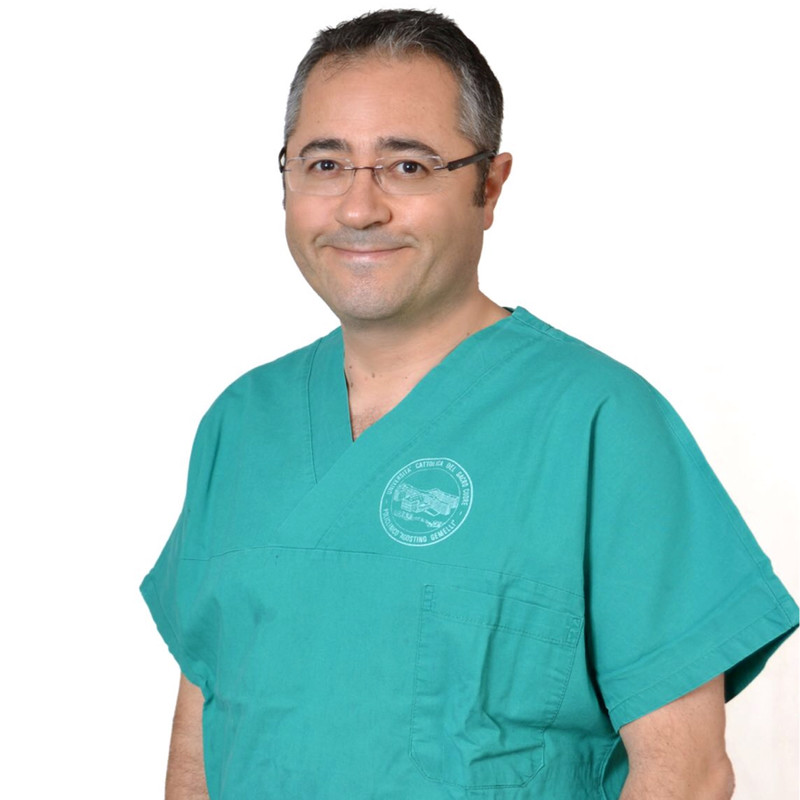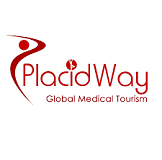
Digestive Disease 2018
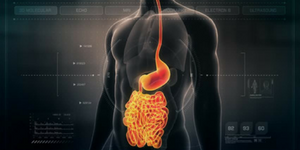
Theme: Exploring Therapeutics for Digestive Diseases Cure
Digestive Disease Conference is delighted to welcome the participants from all over the world to attend the prestigious International Conference on Digestive Disease scheduled during November 28-29, 2018 at Madrid, Spain. Digestive Disease 2018 is the best platform with its well organized scientific program to the audience which includes symposiums, workshops, keynote lectures, plenary talks, panel discussions and poster sessions on latest research and technological developments in the arena as well as therapeutic aspects.The gathering gives the worldwide arena to global researchers, professors, doctors, scientists gastroenterologists, hepatologists , endoscopists , internists, physicians, microbiologists, virologists, pathologists, oncologists, surgeons and toxicologists, students, business delegates and young researchers across the globe to voice their examination discoveries to the world. With representatives from all the major aquaculture countries in attendance the atmosphere is exciting with open and friendly interaction between attendees.This is a conference, providing an opportunity for the Gastroenterology industry to learn about current and upcoming issues, explore new developments in the field of gastroenterology and interact with others with similar interest.
Scientific Sessions
Sessions 1: Advances in Digestive Diseases
Progression in the analysis and treatment of gastrointestinal diseases has been outstanding in the running years. Examination is going on new diagnostic strategies and novel therapeutic frameworks for gastresophageal reflux sickness (GERD), pancreatic-biliary and post-surgical issues, Barrett's throat, neuroendocrine tumors and gastrointestinal stromal tumors. In Japan, gastric development is the second driving purpose behind threat passing.
Digestive Disease conference| Hepatitis Conference| Liver Disease Conference| Gastroenterology Conference| Inflammatory Bowel Disease Conference| Colorectal Disease symposium
Sessions 2: Gastrointestinal Oncology
Gastrointestinal disease alludes to dangerous states of the gastrointestinal tract (GI tract) and embellishment organs of processing, including the throat, stomach, biliary framework, pancreas, small digestive system, internal organ, rectum and anus. The symptoms are associated to the damaged organ and can include obstruction (leading to difficulty swallowing or defecating), abnormal bleeding or other related problems. The finding regularly requires endoscopy, trailed by biopsy of suspicious tissue. The treatment relies upon the area of the tumor, and additionally the kind of disease cell and whether it has attacked different tissues or spread somewhere else. These components likewise decide the guess.
Digestive Disease conference| Hepatitis Conference| Liver Disease Conference| Gastroenterology Conference| Inflammatory Bowel Disease Conference| Colorectal Disease symposium
Sessions 3: Liver diseases & Transplantation
Liver is the largest organ inside your body. It helps your body digest food, store energy, and remove poisons.Indications of liver sickness can differ, however they frequently incorporate swelling of the abdomen and legs, bruising easily, changes in the shade of your stool and urine.The first attempted human liver transplant was performed in 1963 by Dr. Thomas Starzl, although the pediatric patient died intraoperatively due to uncontrolled bleeding. In spite of the improvement of suitable surgical procedures, liver transplantation stayed trial through the 1970s, with one year tolerant survival in the region of 25%. Liver transplantation is now performed at over one hundred centers in the US, as well as numerous centres in Europe and elsewhere.
Digestive Disease conference| Hepatitis Conference| Liver Disease Conference| Gastroenterology Conference| Inflammatory Bowel Disease Conference| Colorectal Disease symposium
Sessions 4: Micro biome in Gastrointestinal & Liver
The micro biome comprises all of the genetic material within a microbiota (the entire collection of microorganisms in a specific niche, such as the human gut). This can also be referred to as the metagenome of the microbiota. Liver cirrhosis occurs as a consequence of many chronic liver diseases that are prevalent worldwide. Here we characterize the gut micro biome in liver cirrhosis by comparing 98 patients and 83 healthy control individuals. We manufacture a reference gene set for the accomplice containing 2.69 million genes, 36.1% of which are novel. Quantitative metagenomics reveals 75,245 genes that differ in abundance between the patients and healthy individuals (false discovery rate < 0.0001).
Digestive Disease conference| Hepatitis Conference| Liver Disease Conference| Gastroenterology Conference| Inflammatory Bowel Disease Conference| Colorectal Disease symposium
Sessions 5: Gallstones
They aren't generally stones. They're bits of strong material that shape in the gallbladder, a little organ situated under the liver. You won't not know you have them until the point that they obstruct a bile pipe, causing torment that you have to escape. The two fundamental sorts are: Cholesterol stones, Pigment stones.
Digestive Disease conference| Hepatitis Conference| Liver Disease Conference| Gastroenterology Conference| Inflammatory Bowel Disease Conference| Colorectal Disease symposium
Sessions 6: Inflammatory Bowel Disease
Inflammatory bowel disease (IBD) represents a group of intestinal disorders that cause prolonged inflammation of the digestive tract. The digestive tract comprises the mouth, esophagus, stomach, small intestine, and large intestine. It’s responsible for breaking down food, extracting the nutrients, and removing any unusable material and waste products. Inflammation anywhere along the digestive tract disrupts this normal process. IBD can be very painful and disruptive, and in some cases, it may even be life-threatening.
Digestive Disease conference| Hepatitis Conference| Liver Disease Conference| Gastroenterology Conference| Inflammatory Bowel Disease Conference| Colorectal Disease symposium
Sessions 7: Obesity and Diabetes
Overweight and obesity are defined by an excess accumulation of adipose tissue to an extent that impairs both physical and psychosocial health and well-being. Obesity is considered a health disaster in both developed and developing countries.
Diabetes mellitus (DM) is a chronic disorder that can alter carbohydrate, protein, and fat metabolism. It is caused by the absence of insulin secretion due to either the progressive or marked inability of the β-Langerhans islet cells of the pancreas to produce insulin, or due to defects in insulin uptake in the peripheral tissue. DM is broadly classified under two categories, which include type 1 and type 2 diabetes.
Digestive Disease conference| Hepatitis Conference| Liver Disease Conference| Gastroenterology Conference| Inflammatory Bowel Disease Conference| Colorectal Disease symposium
Sessions 8: Stomach and small Bowel Disorder
Bowel obstruction occurs when the normal flow of intraluminal contents is interrupted. Obstruction can be functional (due to abnormal intestinal physiology) or due to a mechanical obstruction, which can be acute or chronic. Advanced small bowel obstruction leads to bowel dilation and retention of fluid within the lumen proximal to the obstruction, while distal to the obstruction, as luminal contents pass, the bowel decompresses
Digestive Disease conference| Hepatitis Conference| Liver Disease Conference| Gastroenterology Conference| Inflammatory Bowel Disease Conference| Colorectal Disease symposium
Sessions 9: Hemorrhoids
Hemorrhoids (HEM-uh-roids), also called piles, are swollen veins in your anus and lower rectum, similar to varicose veins. Hemorrhoids have a number of causes, although often the cause is unknown. They may result from straining during bowel movements or from the increased pressure on these veins during pregnancy. Hemorrhoids may be located inside the rectum (internal hemorrhoids), or they may develop under the skin around the anus (external hemorrhoids).
Digestive Disease conference| Hepatitis Conference| Liver Disease Conference| Gastroenterology Conference| Inflammatory Bowel Disease Conference| Colorectal Disease symposium
Sessions 10: Colorectal Disease
Together the colon and rectum make up our large intestine; they each play separate and important roles in our digestive process. For that reason, medical disorders that affect this area of the body may be called “colorectal” or “intestinal” disorders. Colorectal conditions range from common and often treatable problems such as chronic constipation, to rare or life-threatening disorders including anal cancer.
Digestive Disease conference| Hepatitis Conference| Liver Disease Conference| Gastroenterology Conference| Inflammatory Bowel Disease Conference| Colorectal Disease symposium
Introduction:
Digestive diseases are disorders of the digestive tract, which is sometimes called the gastrointestinal (GI) tract. In digestion, food and drink are broken down into small parts (called nutrients) that the body can absorb and use as energy and building blocks for cells. The digestive tract is made up of the esophagus (food tube), stomach, large and small intestines, liver, pancreas, and the gallbladder.
Gastroenterology in Europe:
In Europe, herbal medicine market size was valued at USD 71.19 billion in 2016 and is expected to exhibit profitable growth over the forecast period. The increase is attributed to the increasing preference of consumers towards traditional medicines (Ayurveda, Unani and Traditional Chinese Medicine) which do not cause overdose toxicity and have fewer side effects. In addition, increasing substantial research investments and funding will support the market growth in near future.
Gastroenterology in America:
Over the review period in America, the changing lifestyles of consumers resulted in a significant increase in dietary ailments that are reflected in the positive performance of digestive remedies. According to the market analysis, digestive disorders affect more than 20 million people each year. Inflammatory bowel disease (IBD), heartburn, acid reflux and irritable bowel syndrome (IBS) are among the most common digestive disorders.
Gastroenterology in Middle East:
The global digestive enzyme supplements market is expected to reach USD 1.6 billion by 2025, according to a new report published by Grand View Research, Inc. Growing consumer awareness regarding the severity of digestive disorders coupled with the need for good health is expected to stimulate industry growth over the forecast period. The increasing incidence of gastrointestinal tract diseases, such as irritable bowel syndrome, constipation, inflammatory bowel disease, and gastroesophageal reflux disease, has raised concerns towards stomach health, which in turn is anticipated to fuel product growth.
Gastroenterology in Asia:
Though the Asia-Pacific market for probiotics is globally the largest, accounting for an estimated share of 38% in 2016, market maturity is expected to curtail growth prospects over the coming years, with other regions taking the lead. Within Asia-Pacific, Japan forms the largest probiotics market, with an estimated share of 45% in 2016. However, growth in demand for probiotics is likely to be the fastest in China, with a forecast CAGR of about 13.2% between 2018 and 2023. By segment, human applications such as dietary supplements, functional foods & beverages and specialty nutrients dominate the probiotics market in the region.
Digestive disorder segment is expected to grow at a CAGR of 6.6% over the forecast period owing to increasing use of herbal medicines for conditions such as indigestion, gastroesophageal reflux disease, and dyspepsia. Easy accessibility of various products for the treatment of digestive tract disorders is expected to fuel the market over the forecast period.
Top Universities across the world:
1. University of Oxford
2. Stanford University
3. University of Cambridge
4. Harvard University
5. Princeton University
6. Imperial College London
7. ETH Zurich – Swiss Federal Institute of Technology Zurich
Associations/Societies across the world:
1. American Gastroenterological Association
2. World Gastroenterology Organisation
3. Ontario Association of Gastroenterology
4. Canadian Association of Gastroenterology
5. United European Gastroenterology
6. Florida Gastroenterological Society
Top universities in London:
1. University College London (UCL)
2. Imperial College London
3. King's College London
4. Queen Mary, University of London
5. Royal Holloway, University of London
6. Birkbeck College, University of London
7. City, University of London
8. Brunel University
Associations/Societies in London:
1. British Society of Gastroenterology (BSG)
2. London Gastrointestinal Associates
3. Association of upper Gastrointestinal Surgeons of Great Britain
4. The Royal Society of Medicine
5. Associations of Medical Research Charities
REFERENCE:
- https://www.hexaresearch.com/research-report/global-herbal-medicine-market
- https://www.marketresearch.com/Life-Sciences-c1594/Pharmaceuticals-c89/Gastrointestinal-c1579
- https://www.mordorintelligence.com/industry-reports/asia-pacific-probiotics-market-industry
- Nursing Diagnosis for Gastrointestinal/Digestive Diseases
- Advances in Digestive Diseases
- Gastrointestinal Oncology
- Liver diseases & Transplantation
- Micro biome in Gastrointestinal & Liver
- Gallstones
- Inflammatory Bowel Disease
- Obesity and Diabetes
- Stomach and small Bowel Disorder
- Hemorrhoids
- Colorectal Disease
- Journal of Liver: Disease & Transplantation
- Research and Report in Gastroenterology
10 Organizing Committee Members
12 Renowned Speakers
Richard Haddad
MD Nutritionnist
France
Desen Sun
Zhejiang University School of Medicine
China
Alp Yildiz
Yenimahalle Training and Research Hospital
Turkey
Muxiong Chen
Zhejiang University School of Medicine
China
Jean-Marie Poffe
Nutrition Cellulaire
Belgium
Adolfo Parrado Tellez
Universidad Mayor de San Simon
Bolivia
Mahmoud Elkadeem
Tanta University
Egypt
Ghulam Mujtaba Dahri
Liaquat National Hospital & Medical College
Pakistan
Balwant Singh Gill
Swami Ji Gastroenterology Center
India
Metin Basaranoglu
Bezmialem Vakif University
Turkey
Higinio Mappala
Medical Consultant
Philippines
Ahmet Uygun
University of Health Sciences
Turkey


